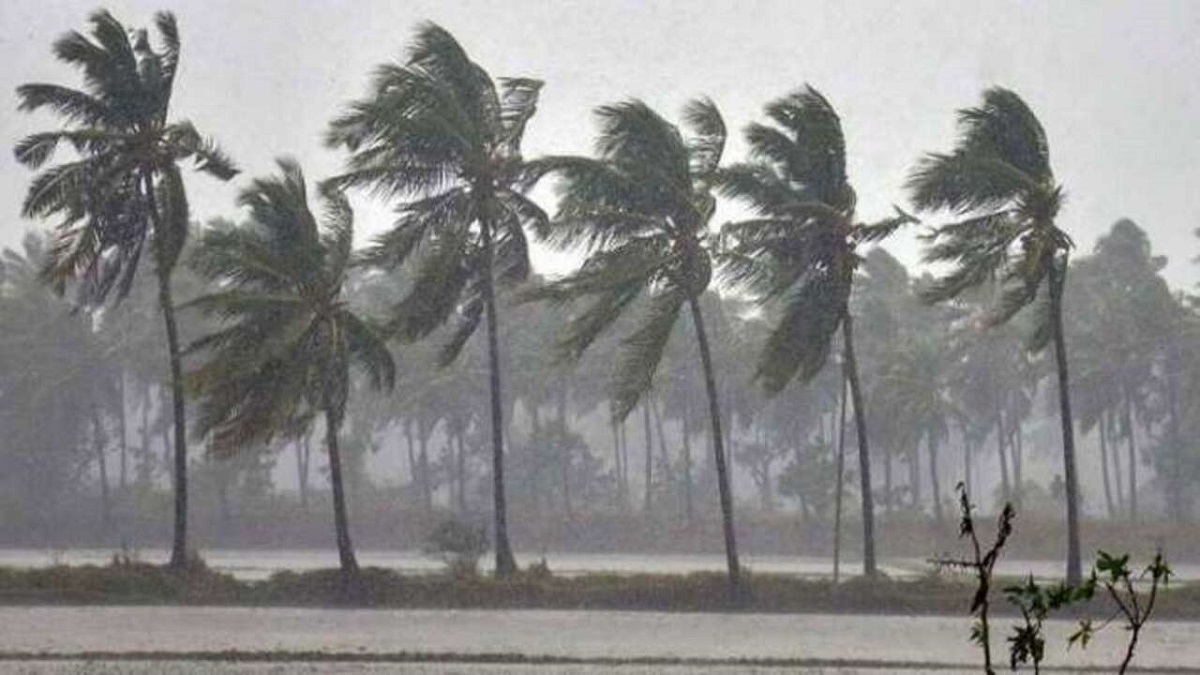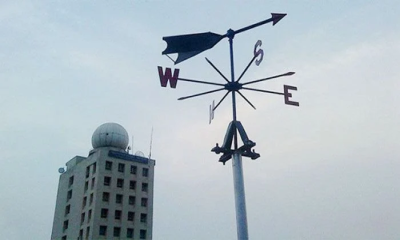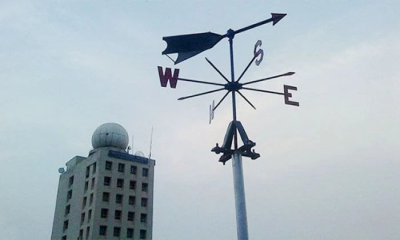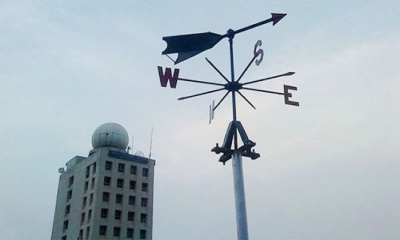Severe cyclonic storm Asani is likely to weaken gradually into a cyclonic storm in the next 12 hours and move in a northwesterly direction, said the met office.
The cyclonic storm moved west-northwestwards in the west-central Bay and adjoining areas on Tuesday morning. Later, the storm is expected to recurve north-northeastwards and move towards the northwest Bay of Bengal without making a landfall.
It was centered early Tuesday about 1,180km southwest of Chittagong port, 1,040km southwest of Cox’s Bazar port, 1,140km south-southwest of Mongla port, and 1,045km south-southwest of Payra port, the Met office bulletin said.
The maximum sustained wind speed within 64km of the severe cyclonic storm centre is about 89 kph rising to 117 kph in gusts or squalls. Sea will remain high near the severe cyclonic centre, the bulletin read.
Dr Md Abdul Mannan, a meteorologist at the Storm Warning Centre, said the probability of the storm getting a huge force and attacking the country’s coastal area is unlikely.
“The storm is now standing in the north-west region of the Indian Ocean and it’s still 300km away from the Andhra coastal area of India. Even if the storm attacks mostly the coastal area of Odissa will get affected which won't be severe in any way,” he said.
“The cyclone will turn into a storm and most likely our coastal areas will be saved,” he added.
Bangladesh Meteorological Department (BMD) on Tuesday issued a heavy rainfall warning for three divisions as an effect of severe cyclonic storm Asani.
“Moderately heavy (23-43mm) to very heavy (88mm or more) rainfall is likely to occur at places over Khulna, Chittagong, and Barishal divisions during the next 24 hours," the BMD said in its weather bulletin.
Maritime ports of Chittagong, Cox’s Bazar, Mongla, and Payra have been advised to hoist distant warning signal no 2. All fishing boats and trawlers over the North Bay and deep sea have been advised to remain close to the coast and proceed with caution.
Cyclone Asani, a bit of an anomaly, is relatively rare for cyclones to form in the month of March. Oceans tend to be cooler during this time as seasons shift from winter to summer. Only eight cyclones have formed in the month of March between 1891 and 2020.




























-20251227141313.jpeg)







